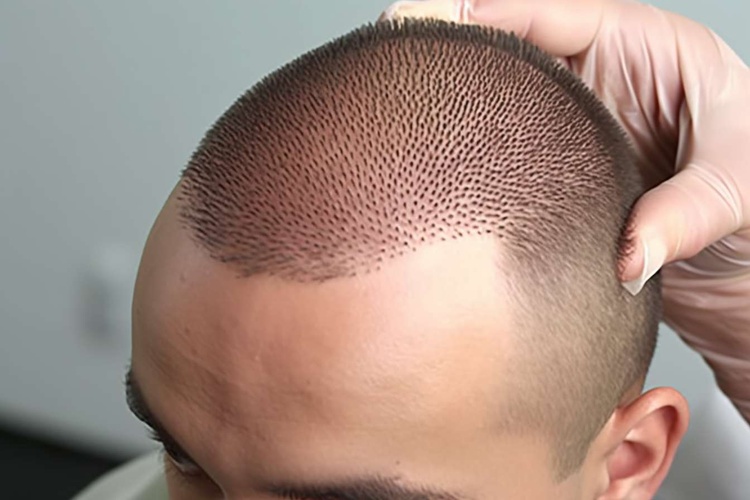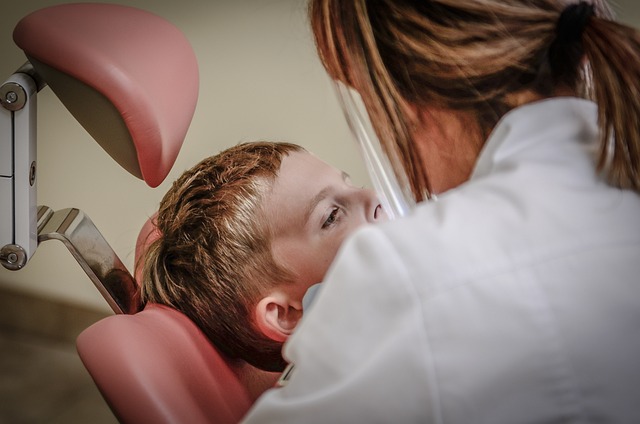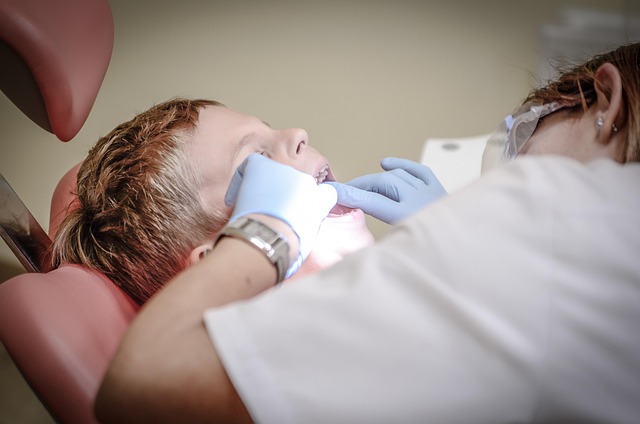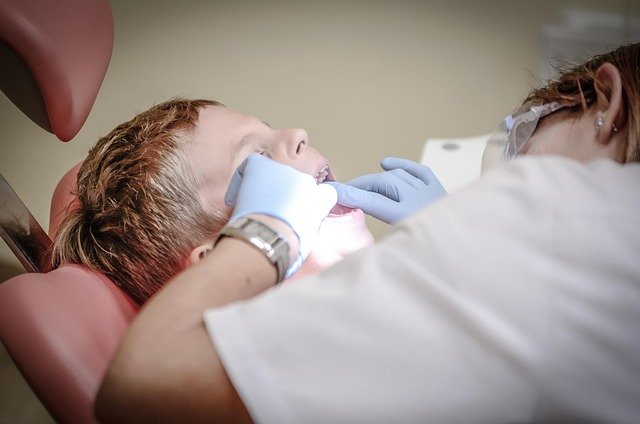Understanding Hair Loss Solutions: Methods and Insights
Hair loss affects millions of people worldwide, prompting many to explore restorative options. Surgical hair restoration has evolved significantly over recent decades, offering viable solutions for those experiencing thinning or balding. With advancements in surgical techniques and technology, understanding the available methods, expected outcomes, and considerations can help individuals make informed decisions about their hair restoration journey.

Surgical hair restoration involves relocating hair follicles from areas of dense growth, typically the back or sides of the scalp, to regions experiencing thinning or baldness. This procedure has become increasingly popular as techniques have refined, offering more natural-looking results with reduced recovery times. For Australians considering this option, understanding the process, costs, and realistic expectations is essential before committing to treatment.
This article is for informational purposes only and should not be considered medical advice. Please consult a qualified healthcare professional for personalized guidance and treatment.
Understanding Hair Loss: Options and Insights for 2025
Hair loss can stem from various factors including genetics, hormonal changes, medical conditions, medications, and lifestyle factors. Androgenetic alopecia, commonly known as male or female pattern baldness, accounts for the majority of hair loss cases. Understanding the underlying cause is crucial before pursuing any treatment option.
Non-surgical interventions include topical treatments like minoxidil, oral medications such as finasteride, low-level laser therapy, and platelet-rich plasma injections. These options may slow hair loss or stimulate regrowth in some individuals but often require ongoing use to maintain results. For those seeking more permanent solutions, surgical hair restoration presents an alternative worth exploring.
Before proceeding with any hair restoration method, consulting with a dermatologist or hair restoration specialist helps determine the most appropriate approach based on individual circumstances, hair loss pattern, and overall health status.
Hair Restoration in 2025: Treatments and Trends
Two primary surgical techniques dominate current practice: Follicular Unit Transplantation (FUT) and Follicular Unit Extraction (FUE). FUT involves removing a strip of scalp from the donor area, dissecting it into individual follicular units, and transplanting them to recipient sites. This method can transplant large numbers of grafts in a single session but leaves a linear scar.
FUE extracts individual follicular units directly from the donor area using small punch tools, leaving tiny circular scars that are less noticeable. This technique has gained popularity due to minimal scarring and shorter recovery periods, though it typically takes longer to perform and may cost more per graft.
Recent developments include robotic-assisted FUE systems that enhance precision and consistency, and Direct Hair Implantation (DHI), a variation of FUE where follicles are implanted immediately after extraction using specialized tools. These advancements aim to improve graft survival rates, reduce procedure time, and enhance overall outcomes.
The Future of Hair Loss Solutions: What to Expect
Emerging technologies and research continue to expand hair restoration possibilities. Stem cell therapy and hair cloning research show promise for generating new hair follicles, though these approaches remain largely experimental. Improvements in surgical instruments, imaging technology, and post-operative care protocols contribute to better results and patient experiences.
Artificial intelligence and machine learning are being integrated into treatment planning, helping surgeons design more natural hairlines and optimize graft placement. Regenerative medicine approaches, including growth factor therapies and tissue engineering, may eventually complement or enhance traditional surgical methods.
For Australians exploring hair restoration, staying informed about these developments while maintaining realistic expectations about current capabilities helps guide decision-making. Established techniques continue to offer reliable results when performed by experienced practitioners.
Cost Considerations and Provider Comparisons
Hair restoration surgery costs in Australia vary significantly based on technique, number of grafts required, clinic location, and surgeon experience. FUE procedures typically range from AUD 5 to 15 per graft, with most patients requiring 1,000 to 3,000 grafts depending on the extent of hair loss. FUT procedures may cost slightly less per graft but involve similar overall expenses.
Total procedure costs generally fall between AUD 5,000 and AUD 25,000, with more extensive cases requiring higher investment. Some clinics offer package pricing while others charge per graft. Additional expenses may include pre-operative consultations, post-operative medications, and follow-up appointments.
| Procedure Type | Typical Graft Range | Estimated Cost Range (AUD) |
|---|---|---|
| FUE (Small Area) | 1,000-1,500 grafts | 5,000-10,000 |
| FUE (Medium Area) | 1,500-2,500 grafts | 10,000-18,000 |
| FUE (Large Area) | 2,500-4,000 grafts | 15,000-25,000 |
| FUT (Strip Method) | 1,500-3,000 grafts | 8,000-20,000 |
| Robotic FUE | 1,000-3,000 grafts | 12,000-28,000 |
Prices, rates, or cost estimates mentioned in this article are based on the latest available information but may change over time. Independent research is advised before making financial decisions.
When evaluating local services in your area, consider surgeon qualifications, clinic accreditation, patient reviews, before-and-after photographs, and transparency regarding costs and potential complications. Many Australian clinics offer free initial consultations to assess candidacy and discuss treatment plans.
Recovery and Expected Outcomes
Recovery from surgical hair restoration varies by technique and individual healing capacity. FUE patients typically experience less discomfort and faster healing compared to FUT, with most returning to normal activities within a week. Transplanted hair usually sheds within two to three weeks post-procedure, a normal process called shock loss, before new growth begins around three to four months.
Full results become apparent approximately 12 to 18 months after surgery, as transplanted follicles establish and mature. Success rates are generally high when procedures are performed by qualified surgeons, with transplanted hair typically permanent as it originates from genetically resistant donor areas.
Potential complications include infection, scarring, unnatural appearance if poorly executed, and failure of grafts to survive. Choosing experienced practitioners and following post-operative care instructions minimizes these risks. Realistic expectations about density, coverage, and the potential need for multiple sessions contribute to patient satisfaction.
Conclusion
Surgical hair restoration offers a viable solution for individuals experiencing hair loss who seek permanent results. Understanding available techniques, realistic outcomes, cost considerations, and choosing qualified practitioners are essential steps in this journey. As technology advances and techniques refine, options continue to expand, though current methods already provide effective results for appropriate candidates. Thorough research, professional consultation, and careful consideration of personal circumstances guide successful hair restoration decisions.




